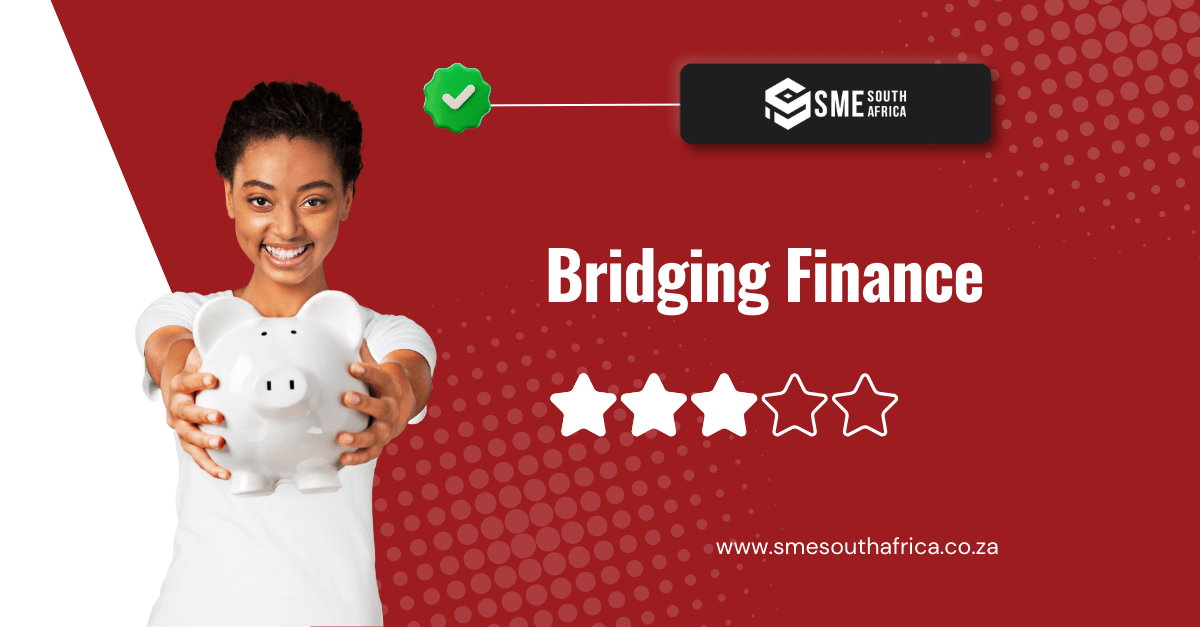
Understanding your repayment terms is essential when you’re receiving funding as a business. Often, small businesses make the mistake of not paying attention to the hidden costs of business loans.
From exorbitant interest rates to collateral and hidden fees, it’s crucial to play loan agreements under a microscope before binding yourself to an agreement that will cost your business much more in the long run.
In this article, we’ll tell you just how you can break down repayment terms and identify hidden costs in your business loans.
1. Prepayment Penalties
Paying off a loan early sounds like a smart move. However, it may trigger a prepayment penalty. Some lenders rely on the interest you would have paid over time. When you settle the loan early, they lose that income. Thus, to recover it, they charge you a penalty.
The penalty can be a fixed amount. It can also be a percentage of the balance you still owe. This fee is often hidden in the repayment schedule.
You need to ask about this before signing the agreement. Make sure the penalty is clearly stated. Do not assume early settlement will save you money.
2. Documentation Charges
Documentation fees are often added during the loan process. Lenders use different names for these charges. They may be called admin fees or processing costs.
These fees lower the actual amount you receive. If you apply for R250 000, the lender may deduct R5 000. You end up with R245 000 in hand. But you still owe interest on the full R250 000.
It’s best to ask if these charges are subtracted before payout. Also, check if they are added to your repayment schedule. Lenders should disclose this early. If they don’t, ask them to explain in writing.
3. Variable vs Fixed Interest Rates
All loans, including small business loans, come with either fixed or variable interest rates. A fixed rate does not change during the loan period. A variable rate shifts based on market conditions. This often follows the repo rate or the lender’s prime rate.
Variable rates may look cheaper at first. But they carry long-term risk. Any increase in interest can raise your monthly instalment.
Ask the lender if the rate is fixed or variable. If it’s variable, ask if there’s a cap. Additionally, find out how often the rate is reviewed. Many businesses only look at the starting rate and forget to plan for future hikes.
4. Balloon Payments
Some loans come with a balloon payment. This is a large payment due at the end of the loan. It reduces monthly instalments during the loan term. But it places pressure on your business later.
Lenders use balloon payments to make loans look affordable. They hide the full cost behind low monthly payments.
When that final payment arrives, many businesses struggle. If you haven’t planned for it, it could disrupt your cash flow.
Ask if your loan is fully amortised. If it isn’t, you will face a lump-sum repayment. Try to negotiate a structure that spreads the cost more evenly.
5. Collateral and Personal Guarantees
Many lenders require collateral to secure a loan. This is often an asset to your business. It can include equipment, property, or inventory.
Some lenders also demand a personal guarantee. This means you become personally responsible for the loan. If your business fails, you may lose personal assets. These can include your car, your home, or your savings.
Ask what type of security is required. Check if the loan is tied only to your business. If not, reconsider the agreement. Personal guarantees carry serious risks.
6. Loan Term and Amortisation
The length of your loan changes how much you pay monthly. A shorter loan has higher instalments. But it reduces your total interest. Whereas a longer loan spreads the cost, increasing the interest you’ll pay over time.
Some loans are fully amortised, meaning they have payments that cover both interest and the original loan amount, so the loan is gradually paid off. Other loans only require you to pay interest, and the full loan amount is due later.
You must understand your business loan and know how it’s structured. An interest-only loan may feel easier. Yet, it brings a big payment at the end.
Match the loan term to your revenue model. If your business is seasonal, choose flexible repayment terms. You can also explore revolving credit lines or working capital loans. These allow more breathing room.











